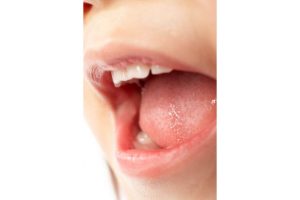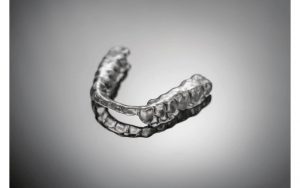Every mother loves watching her child play. The expression on a child’s face is priceless when in the company of his or her friends. Accidents do occur when least expected! How many times have we heard of the child whose knee cap dislodged, or worse still whose arm fractured, necessitating medical intervention?
Teeth can avulse too! Last year during the lockdown I received a frantic call from a mother whose 11-year-old son knocked off his front permanent tooth while playing at home. He slipped, fell front face to the ground and his front tooth came out completely and landed on the floor in his kitchen. The first thing I asked over the phone was whether the child was otherwise alright? Was there any loss of consciousness, loss of memory, vomiting, was he hurt elsewhere that needed medical intervention? The mother replied that the child was otherwise unhurt, other than a cut in the upper lip.
The first thing to understand here is that the timing of placing the tooth back in its socket is very important. If placed back within the first 60 minutes the prognosis of the tooth can be favourable depending on whether the development of the tooth is complete or not. When a permanent tooth is severed from its blood supply it becomes a foreign body and the sooner it is reattached like any other severed part of a limb or digit, the better the prognosis.
The lockdown was in full swing but this being an emergency, we treated the patient immediately. Over the phone the mother was asked to hold the tooth very gently by its crown only and to avoid touching the root. She was specifically asked not to scrub the tooth, but instead to rinse it under clean water to wash off any dust or debris. This was followed by gently placing the tooth back where it belongs-into the socket in the mouth. If one is unable to reach a professional when this happens, the tooth can be placed in a small cup containing some milk, or better still under the tongue within the patient’s mouth so that it is bathed in one’s own saliva.
Once the patient reached our clinic, we examined him thoroughly and the tooth which had already been replaced back into its socket was secured to the adjacent teeth. He was also referred to a local hospital for a tetanus booster shot. Follow ups were advised to check the “vitality” of the tooth and to initiate a root canal treatment.
Milk teeth should never be placed back into the socket. The one thing to take home from this case is being aware of the timing of placing the avulsed permanent tooth back into its socket. Bringing this awareness to your child is also very important as a caregiver/parent may not be around at all times. This one action step is a game changer in the outcome of the treatment!!



















